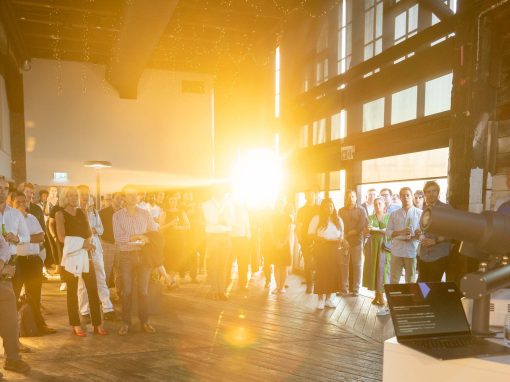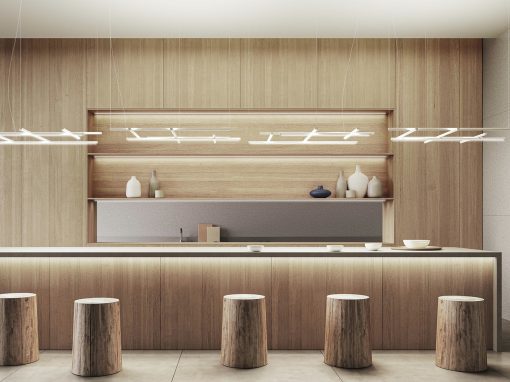When designing lighting schemes for residential or office applications, the luminaires need to complement the aesthetics and interiors, not only in their design, but especially in their light quality and features. Lighting can be used to create an ambience, with comfort in mind, for areas where the space is generally one of relaxation or energise a space used for activities.
One aspect of lighting which takes a little more consideration is the illumination of wall-mounted artwork, a favourite sculpture or trophy positioned in a prominent position within a space.
People may move into a space, whether it is a home or office, and purchase these pieces after the lighting installation is complete or purchase new pieces which may be poorly lit in a standard fixed lighting application.
Lighting for these applications comes in many styles, they can be recessed into the ceiling, surface mounted, or mounted to lighting “tracks”.
TRACK SPOTLIGHTS
Spotlighting on a track system provides flexibility within a space where lighting requirements may change. This style of the luminaire is available in a range of beam angles, colour temperatures (CRI) and dimming types allowing a lighting distribution that matches objects of various shapes and sizes.
In addition to being mounted on a track system, some spotlights are available with Point adapters allowing control gear to be concealed within a ceiling space leaving a minimalist look, or a Surface mounted box for set ceilings where access may be limited.
The use of elliptical lenses, honeycomb louvres and glare shields allow for ultimate adjustability. More advanced luminaires have a “zoom” function where the diameter of the beam can be manually adjusted.
One lighting technique employed is Fill and Key which is used in describing styles of spotlighting for Art, Retail or Photography. Spotlights can be used to precisely illuminate an object (Key), providing drama with the piece being a major focus in the space whereas (Fill) is a more general spread to illuminate a larger area or fill in shadows left by the Key light.
COLOUR PROFILE (CRI)
Going further and matching the lighting’s CRI profile to the space and product offering can enhance the displays. The Colour Rendering Index (CRI) is a tool used to compare the appearance of colours when illuminated by a luminaire to natural sunlight. CRI is a metric that indicates how accurate light is to the human eye on a scale of 0 to 100 per cent. Simply put, lighting with a higher CRI displays colours more accurately.
WALL WASHING
One way to avoid issues is to install luminaires which provide even illumination across a vertical surface.
While this will not highlight an individual piece it does provide good general illumination to the complete artwork/s while indirectly illuminating the room making it feel more expansive.
Spotlighting or wall washing can dramatically change the look and feel of a space. The use of dimming, accessories and or a variety of lighting types can be employed to change the feel of a space for various moods or events.
Written by
Neil Golding
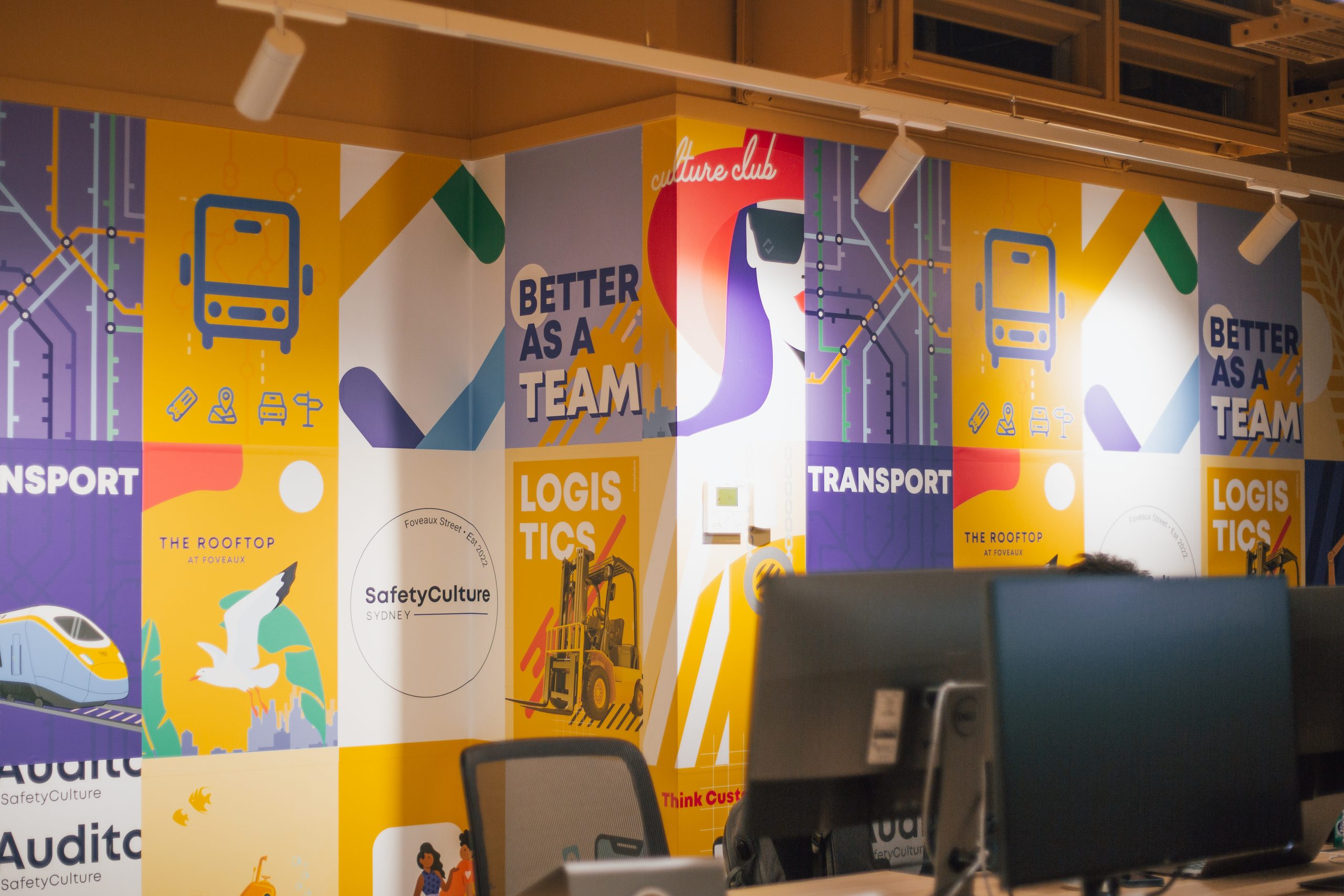
View Project
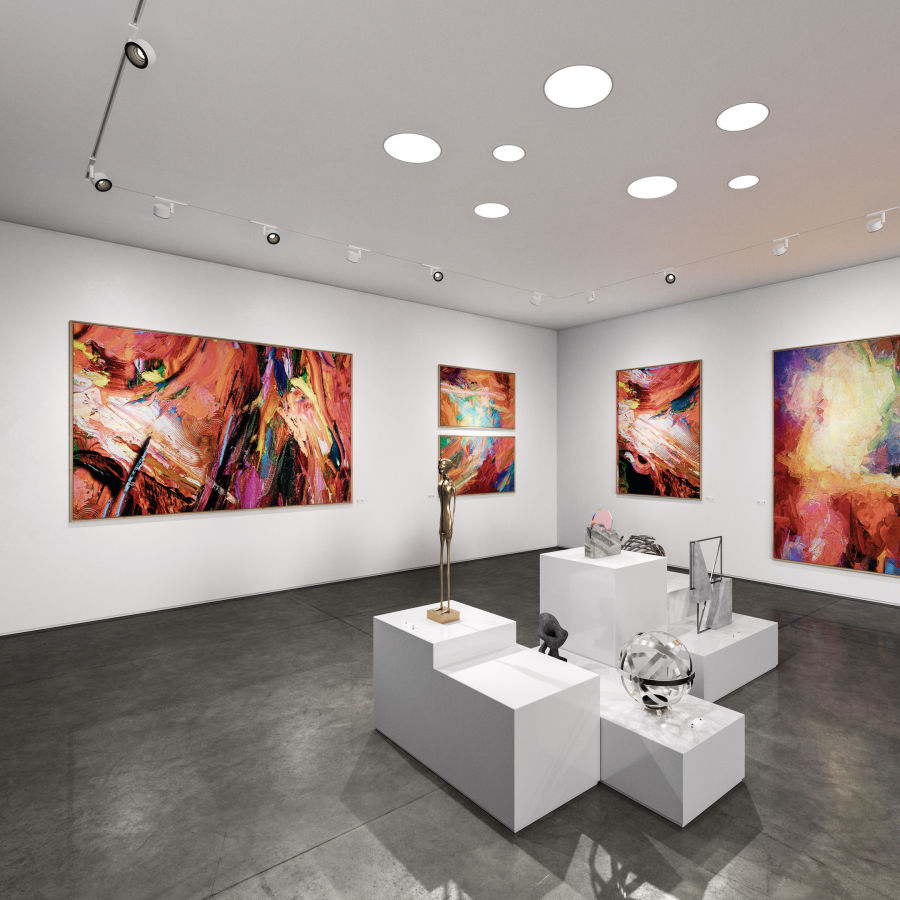
View Product
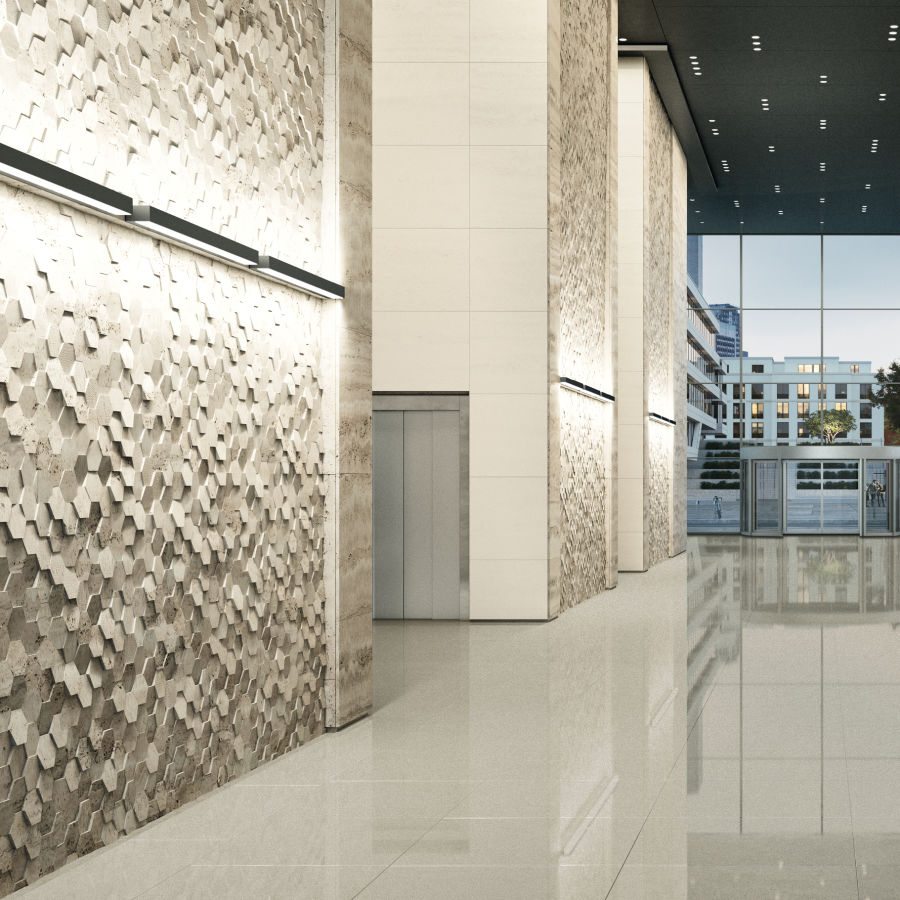
View Product


